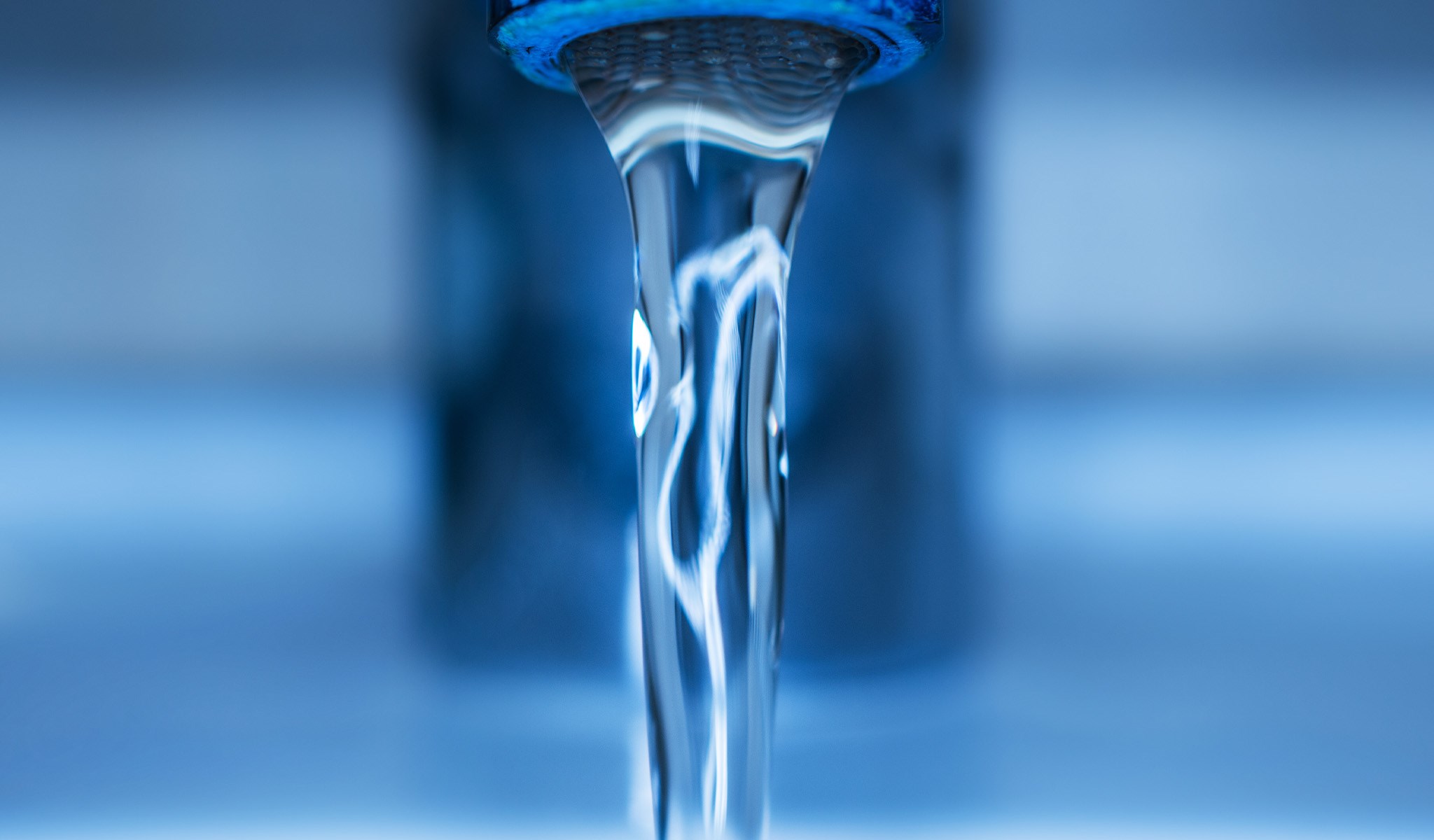PFAS, a class of synthetic chemicals used to manufacture all kinds of consumer products from nonstick frying pans to firefighting foam, are chemicals that do not break down naturally in the environment, thus they are often referred to as “forever chemicals.”
The contaminates, known as per- and polyfluoroalkyl substances, have been accumulating in our ground water, our soil, and our bodies for a very long time, 50+ years. But the market to remediate PFAS chemicals is new and growing fast.
“More advanced technologies are emerging that can analyze and address this issue in a meaningful, material way,” says William Blair research analyst Tim Mulrooney, who leads a sustainability services research team that just released an in-depth report on the PFAS market.
“We expect this market to grow exponentially over the next decade as growing bodies of research confirm the negative health effects associated with these chemicals,” he adds. “Greater public scrutiny around corporate stewardship also have driven manufacturers and users of PFAS to re-evaluate dependence on these compounds.”

A Large, Growing Market
PFAS chemicals can be released into the air or water from factories that use them in manufacturing, from run-off usage of firefighting foams, and landfill leachate. People can become exposed to these harmful chemicals through drinking water, eating contaminated fish or plants grown in PFAS-contaminated soil, and even consuming food wrapped in PFAS-containing packaging.
The Center of Disease Control has concluded that PFAS exposure may lead to an increased risk of cancer, liver damage, lower birth weight, and reduced immunity.
Estimates vary among industry experts as to the size of the problem, Mulrooney says. EPA’s estimate of 137,000 potentially contaminated sites is at the high end, while the PFAS Project Lab at Northeastern University and the Environmental Business Journal both estimate that there are some 57,000 locations with presumed PFAS contamination.
Northeastern University Interactive Map of Contamination Sites
EBJ has taken an additional step, estimating removal expenditures of $200 billion (up from $160 billion in 2019) over the next 20 years.
“It’s a huge issue. Now we have to fix it and we are focused on companies with commercial scale solutions,” Mulrooney says.
New Regulations
Manufacturers and users of PFAS have been aware of the possible health concerns for decades. But without government regulations on maximum contaminant levels (MCLs) of PFAS allowed in drinking water, remediation efforts have been limited.
That’s changing. The EPA said in March it intends to establish MCLs for PFAS in water. The agency is also expected to designate them as hazardous substances under the government’s superfund program, making the cleanup eligible for federal funds.
“Changes in the regulations are coming soon and that is going to drastically change the demand for solutions,” Mulrooney says.
There are several different types of remediation technologies. Among the most prominent are granular activated carbon filters that trap the chemicals as the water moves through the filter, similar to a Brita water filter. Other popular methods include ion-exchange resins and high-pressure membranes. However, destroying the trapped chemical becomes more difficult.
The expectations are the services associated with PFAS destruction are to grow in tandem with demand for PFAS remediation, Mulrooney says.
“We do not believe PFAS remediation is a winner-take-all situation and would not be surprised to see other promising technologies emerge in the coming years.”
Companies Finding Solutions
Near-term, however, there are a handful of companies with profitable, commercial-scale solutions in the market today. Many are privately held and some are publicly traded, such as Montrose Environmental, Tetra Tech, Evoqua, and Jacobs.
For example, Montrose Environmental, a company William Blair covers, is taking a holistic approach through its consulting, testing, and remediation services, and offers a suite of remediation solutions focused on treating PFAS-contaminated water.
In just one year, Montrose’s PFAS-related revenue more than doubled, from about $40 million in 2021 to $100 million in 2022, says Mulrooney. He also noted that company management expects PFAS-related revenue to be three to four times as large over the next several years as demand for remediation technology grows.
“We see the need for Montrose’s proprietary PFAS remediation to grow over time driven by the number of highly contaminated sites and industry focus on lifecycle costs and sustainability initiatives,” Mulrooney says.
To receive Tim Mulrooney’s forever chemicals research report, contact your William Blair representative. Visit williamblair.com/ResearchCoverage for disclosure information.



